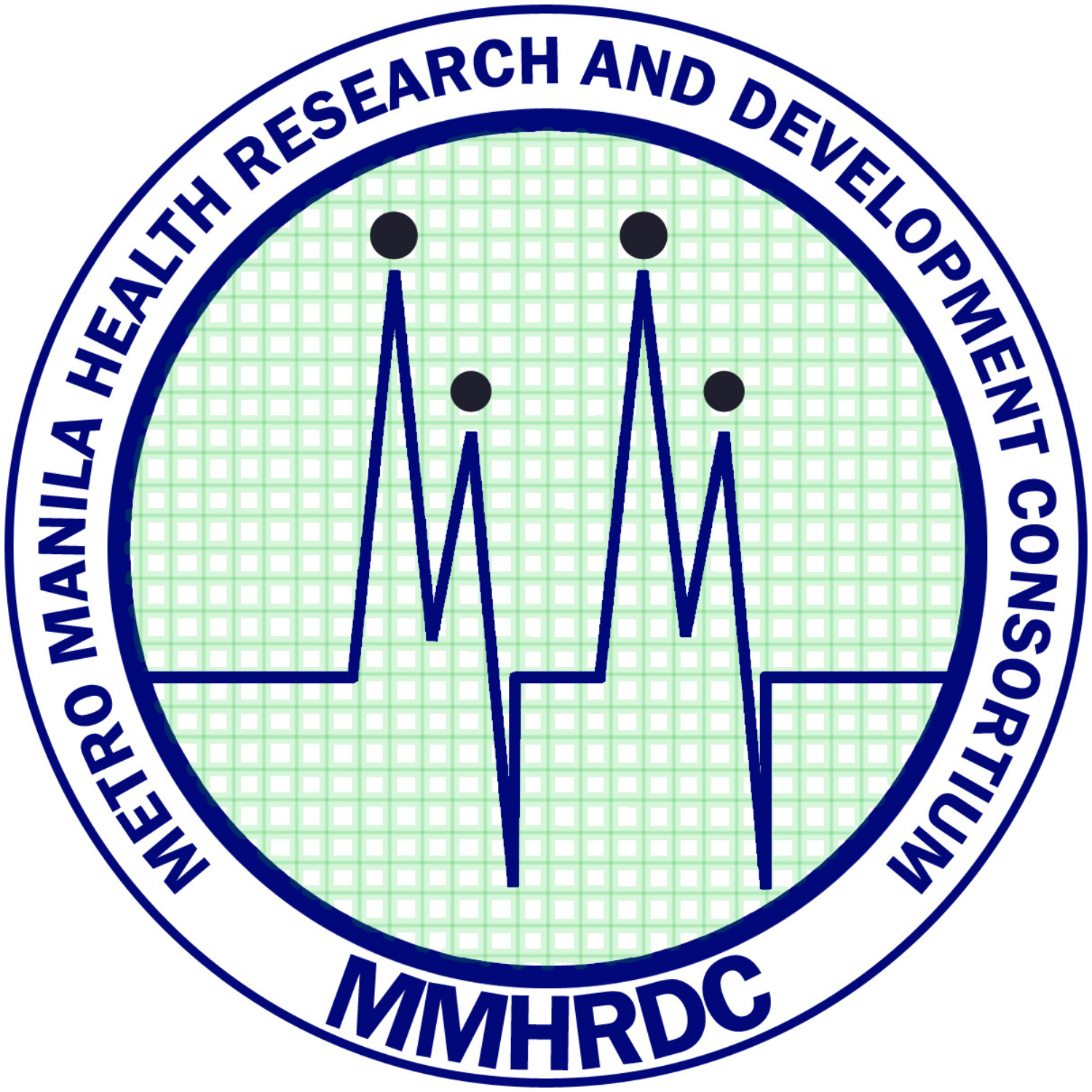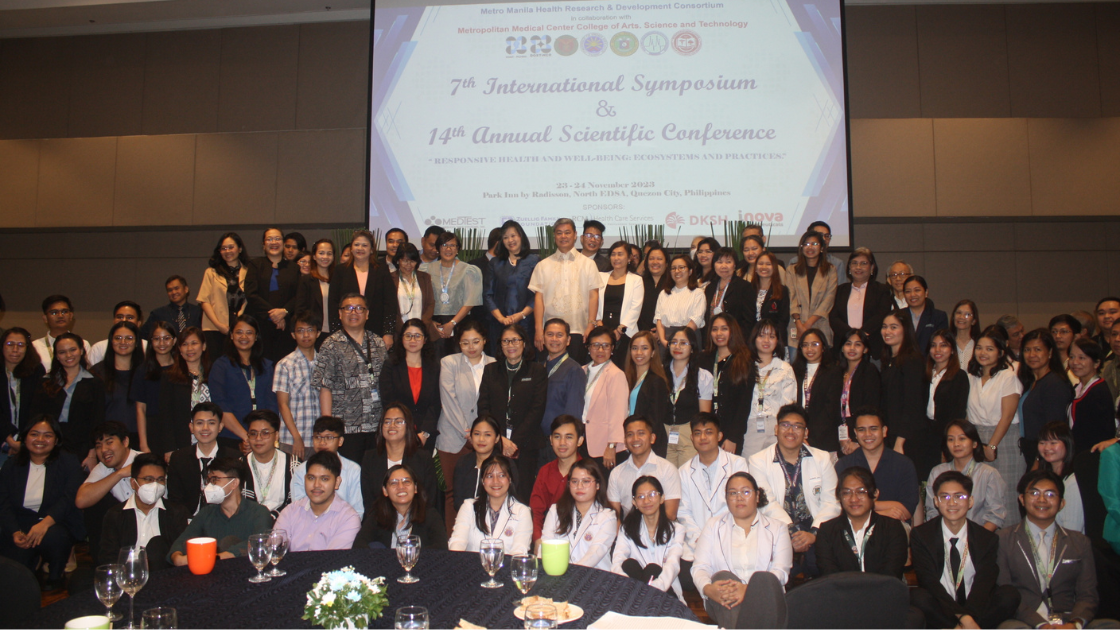History and Logo
About the Logo

The logo of the MMHRDC resembles an electrocardiogram (ECG) tracing forming two letter M’s, which symbolize Metro Manila. The progression of the tracing symbolizes the continuity of life, which in the context of research also represents the continuing process of research. The tracing can also be seen as two pairs of people shaking hands in agreement. The crests of the tracing bear dots, which symbolize points of interactions wherein people work together to make the research process possible.
The logo of the MMHRDC resembles an electrocardiogram (ECG) tracing forming two letter M’s, which symbolize Metro Manila. The progression of the tracing symbolizes the continuity of life, which in the context of research also represents the continuing process of research. The tracing can also be seen as two pairs of people shaking hands in agreement. The crests of the tracing bear dots, which symbolize points of interactions wherein people work together to make the research process possible.

OUR HISTORY
How we were made and molded by history
1984
Ermita Health Science Community (EHSC) established with 13 member institutions.
The Ermita Health Science Community (EHSC) was formally organized in 1984 when a MOA was signed by thirteen member institutions with the aim to help solve the health problems of the Philippine population. There were seven standing committees formed, namely: Research Coordination, Manpower Committee, Research Utilization, External Liaison, Finance and Administration, Membership, and Ways and Means.
1992
EHSC changed name to Metro Manila Health Science Community (MMHSC) with 20 member institutions.
The EHSC expanded by accepting seven new member-institutions and became the Metro Manila Health Science Community (MMHSC). The revised by-laws of MMHSC expanded the general objective to establish a system of coordination and sharing resources aimed at the promotion of research in order to help solve the health problems of the Philippine population. The most significant amendment was the addition of a specific objective, which was to promote and/or advocate policies and programs related to health and health research.
1995
MMHSC was registered with the Securities and Exchange Commission (SEC) to assume a legal personality to be able to access grants from various sources.
2009
Memorandum of agreement changed name of MMHSC to MMHRDC and organized entity into current structure.
A memorandum of agreement changed the name of MMHSC into MMHRDC and organized the said entity into its current structure. The memorandum was signed in the presence of the heads and representatives of its 23 member institutions and Hon. Bayani F. Fernando, former chairperson of the Metro Manila Development Authority.
2023
MMHRDC has expanded to 46 member institutions.
From 13-member institution in 1984, the MMHRDC has grown to encompass 46 member institutions to which are 21 academic institutions, 11 medical centers, 11 government agencies, and 3 non-government organizations.
Legal Mandate
In line with the vision and mission of the PNHRS, Regional Health Research and Development Consortia were organized in all regions of the country. The Consortia aim to link health research institutions together to complement and share resources for health research and development.
The legal mandate of MMHRDC emanates from Article II, Section 13 of Republic Act 10532 (2012), otherwise known as “An Act Institutionalizing the Philippine National Health Research System”, which provides for the creation of regional health research systems “that shall mirror the PNHRS framework in all the regions of the country, forming a network of regional research consortia.” It furthermore provides for the addressing of concerns “relating to health research agenda, development of human resource in health research, conduct of researches, dissemination of research results, research utilization, resource mobilization, leadership and management.”
